Diabetes

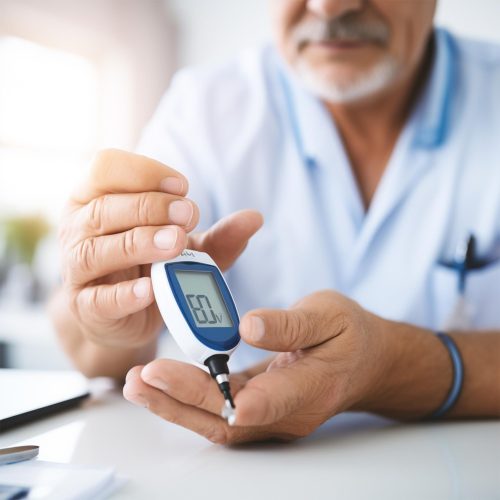
What is Diabetes?
Diabetes is a condition characterized by persistently high levels of glucose in the blood.
As the glucose levels reach the threshold, a part of it gets excreted in urine. Hence the name “diabetes” which means “to run through” and “mellitus” which means “sweet or with a taste of honey”.
Why do glucose levels increase?
The food you consume gets converted into glucose and is absorbed from the intestine into the blood. Insulin, a hormone produced by beta cells of pancreas, is required to pump the blood glucose into the body cells and to convert sugar and other food into energy that is needed for daily activities.
In diabetes, either the pancreas fail to produce adequate amount of insulin or body uses insulin produced by the pancreas ineffectively. Therefore glucose cannot move from blood into the cells and thus the blood glucose levels increase.
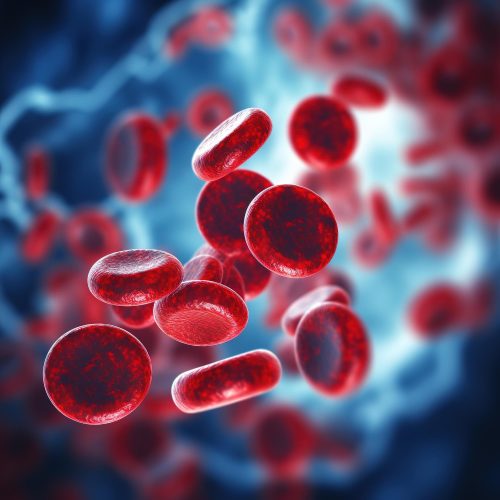
Types of Diabetes
Diabetes is classified depending on the process that leads to increase in the blood glucose level. Diabetes is as follows:
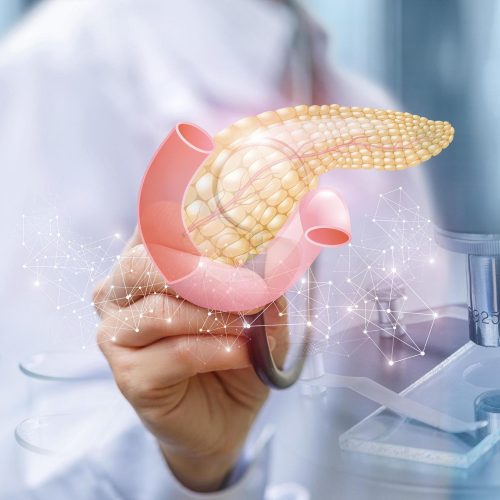
Type 1
Type 1 Diabetes is an autoimmune disease in which your body’s immune cells identify your own beta cells in the pancreas as “foreign” and attack them. This leads to the destruction of beta cells of pancreas, resulting in an absolute insulin deficiency.
In the absence of insulin, glucose fails to enter the cells thereby increasing the blood sugar levels resulting in a condition known as hyperglycemia. The excess sugar is excreted in the urine. Weakness, weight loss, excessive hunger and thirst are among the few symptoms of diabetes.”
Administration of exogenous insulin is essential for the survival of patients with Type 1 Diabetes. Individuals with Type 1 Diabetes tend to have following characteristics.
• Onset below 30 years of age
• Lean body habitus
• Require insulin from the start of therapy
• Propensity to develop ketoacidosis
(one of acute complications of diabetes)
• Most of the individuals with type 1 diabetes do not have first
degree relatives with this disorder.
Type 2
Type 2 diabetes occurs when the body produces enough insulin but cannot utilize it effectively.
It is characterized by three abnormalities
• Insulin Resistance
• Impaired insulin secretion and
• Increased production of glucose from liver
Insulin Resistance
Inability of insulin to act effectively or inappropriate usage of insulin by the body leads to insulin resistance. This results in rise of blood glucose levels above normal range. As the blood glucose levels rise, the individual develops Prediabetes during which glucose levels (Fasting Plasma Glucose FPG 100 to 125 mg/dL) are slightly elevated. Over a period of time glucose levels increase further thereby converting prediabetes into diabetes. Obesity, sedentary lifestyle, genetic factors and ageing are the risk factors for the insulin resistance.
Impaired Insulin Secretion
Insulin secretion initially increases in response to insulin resistance. Over a period of time beta cells of pancreas get exhausted. Insulin secreted by the remaining beta cells of pancreas fail to control blood glucose within the normal range resulting in hyperglycemia. Though the exact cause of beta cell death is unknown glucotoxicity (i.e. the toxicity due to increased blood glucose level) remains one of the important causes of beta cell death. Control of blood glucose level thus can improve the function of beta cells.
Increased production of glucose from the liver:
Insulin resistance leads to increased glucose production in the liver that further contributes to an increase in the blood glucose level.
Type 2 diabetes is a progressive disease. At the time of diagnosis approximately 50 % of beta cells of pancreas which secretes insulin are damaged and over a period of time majority of beta cells die. Therefore blood glucose, in diabetic patients, in initial period after diagnosis can be controlled with oral antidiabetic drugs or tablets but during later part of life they require insulin injection for the control of blood glucose level. Your doctor will decide suitable treatment for you. (Ref. UK Prospective Diabetes Group. Diabetes. 1995; 44:1249 -1258)
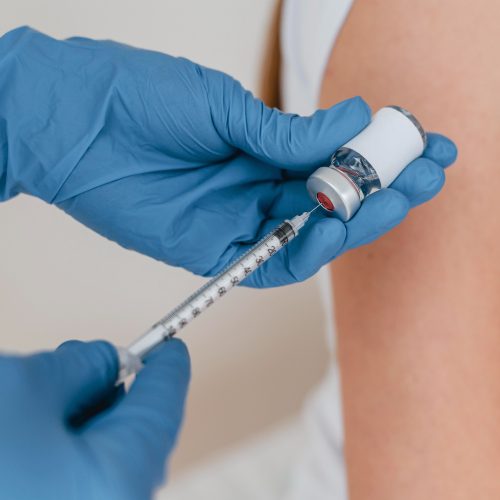
Individuals with type 2 diabetes tend to have following characteristics.
Onset after 30 years of age
Usually obese (80 % are obese but elderly individuals may be lean)
May not require insulin from the beginning
May have associated disorder like high blood pressure and altered lipid levels
Type 2 is much more common than Type 1 and accounts for more than 95% of all diabetics. It is the commonest type of diabetes seen in India.

Gestational Diabetes
Increased production of glucose from the liver:
Insulin resistance leads to increased glucose production in the liver that further contributes to an increase in the blood glucose level.
Type 2 diabetes is a progressive disease. At the time of diagnosis approximately 50 % of beta cells of pancreas which secretes insulin are damaged and over a period of time majority of beta cells die. Therefore blood glucose, in diabetic patients, in initial period after diagnosis can be controlled with oral antidiabetic drugs or tablets but during later part of life they require insulin injection for the control of blood glucose level. Your doctor will decide suitable treatment for you. (Ref. UK Prospective Diabetes Group. Diabetes. 1995; 44:1249 -1258)
Other Types
Specific types of diabetes due to other causes e.g. genetic defects in β-cell function, defects in insulin action, drug or chemical induced diseases of the pancreas.
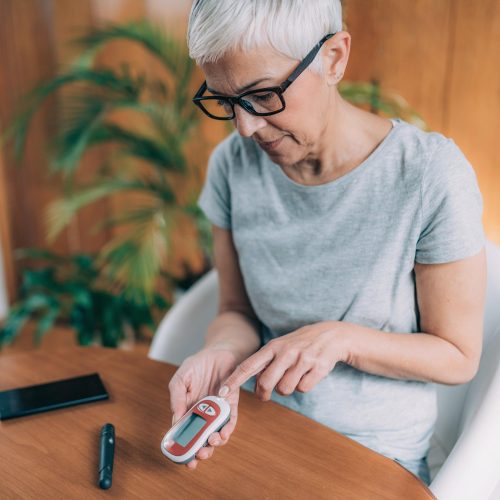
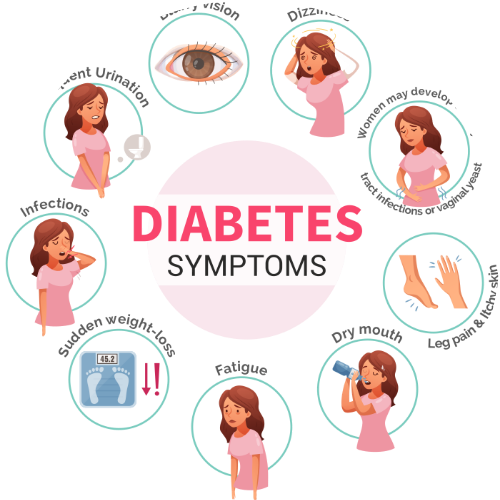
Symptoms of Diabetes
People with Type 1 diabetes usually experience the rapid onset of extreme and urgent symptoms which includes:
Frequent urination, in children, a recurrence of bed-wetting after toilet training has been complained.
• Unusual thirst, especially for sweet and cold drinks
• Extreme hunger
• Unusual weight loss
• Extreme fatigue
• Irritability
• Nausea, vomiting
• Sweet smelling breath
• Children with Type 1 diabetes may also be restless, apathetic and have trouble functioning at school.
The symptoms of Type 1 diabetes may also be apparent in people with Type 2 diabetes. Additional symptoms in patients of type 2 diabetes may include:
• Frequent infections
• Cuts and bruises that are slow to heal
• Tingling/numbness in the hands or feet and
• Recurring skin, gum or bladder infections
Prevalence of Diabetes in India
According to the Diabetes Atlas published by the International Diabetes Federation (IDF), there were an estimated 40 million patients of diabetes in India in 2007 and this number is predicted to rise to almost 70 million in 2025 by which time every fifth diabetic patient in the world would be an Indian.
It is also known that almost 50% of diabetic patients remain undetected. Some of the patients may get detected as diabetic when they develop chronic complications of diabetes like heart attack, loss of vision, loss of sensation, kidney failure, non healing wounds etc.
The economic burden due to diabetes in India is among the highest in the world. But real burden is due to the long term complication which gives poor quality of life. Chennai Urban Population Study (CUPS) provided the first population based data from India on complications of diabetes. Assuming that 40 million people in India have diabetes, the figures in CUPS translate to at least 8.5 million patients of heart disease, 7 million of eye disease, 0.8 million kidney problem, 10.4 million with problem in sensations. (Ref: Joshi SR. et.al. , JAPI 2008 June;56: 443)
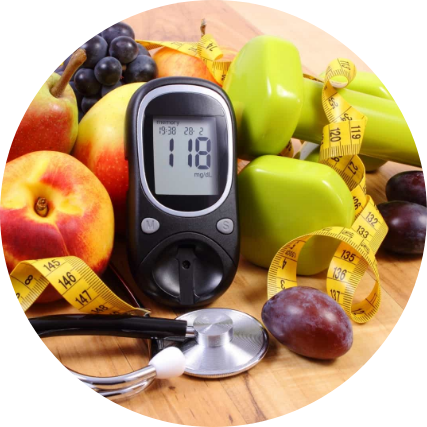
Diabetes
Management
Goals of Diabetes Management
Diabetes is a condition characterized by persistently high levels of glucose in the blood.
As the glucose levels reach the threshold, a part of it gets excreted in urine. Hence the name “diabetes” which means “to run through” and “mellitus” which means “sweet or with a taste of honey”.
1. Eliminate the symptoms
2. Reduce or eliminate long-term complications of DM
3. Achieve as normal lifestyle as possible
When your blood glucose reaches 200 mg/dL, symptoms of diabetes are relieved. Then question is why to control blood glucose to the level suggested by American diabetic association?(Fasting plasma glucose: 70 – 130 mg/dL; Postprandial plasma glucose < 180 mg/dL)
United Kingdom Prospective Diabetes Study (UKPDS), which studied more than 5000 patients of diabetes for 10 years, proved that control of the blood glucose level towards ideal goal suggested by American Diabetic Association can postpone the chronic complication of diabetes.
So all the fight against diabetes is the fight against chronic complications of diabetes
It is also worth nothing that diabetes is frequently associated with other disorders like raised blood pressure, increased lipid levels, obesity etc. Just controlling the blood glucose level may not prevent chronic complications of diabetes. So in real sense if you want to prevent the chronic complications of diabetes, along with blood glucose control you should also control your blood pressure, lipid levels and weight. Discuss with doctor about the right figures of blood pressure, weight, and lipid levels for you. For the discussion about management of diabetes refer management of diabetes in the website.
Have Medical Queries?
Kindly drop your questions here –
wockmed@wockhardt.com